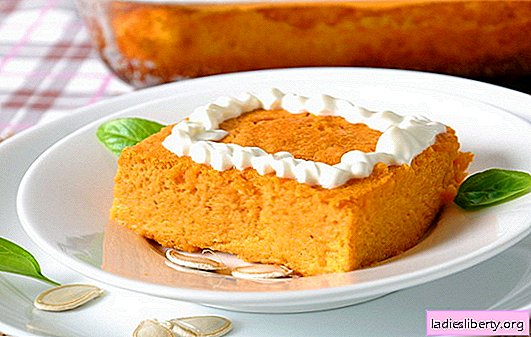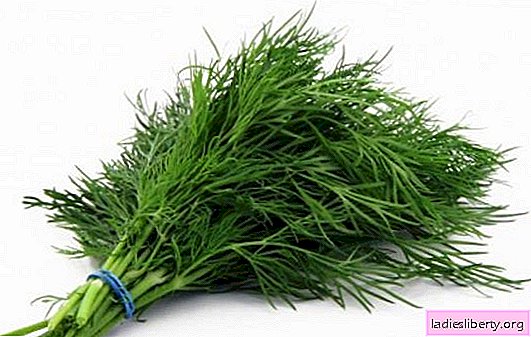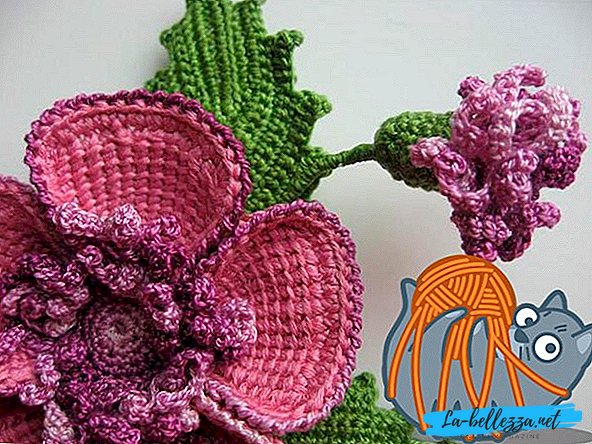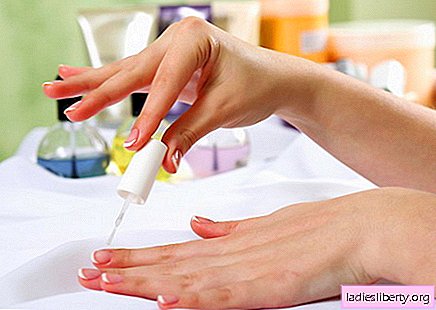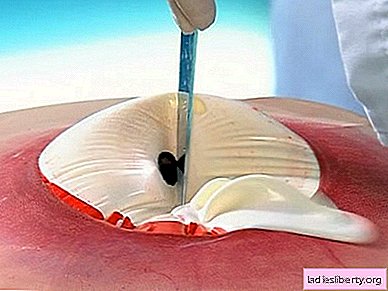
Any type of ornamental palm tree is considered a very capricious plant demanding proper care for it - adequate lighting, the right temperature, a certain humidity, regular watering and soil composition.
Palms are divided into cirrus and fan-shaped species of plants, differing from each other in size, shape of leaves, shades of their color. However, there are general rules for growing and keeping these plants at home.
Features of palm growing
• These tropical trees love rooms with good and constant lighting. But it is better to protect the palm tree from direct rays of the sun. A sufficient element of such protection can serve as a simple tulle curtain.
• Palm trees do not tolerate drafts, so you need to carefully ventilate the room where this delicate plant grows, avoiding fresh air getting on it.
• The root system of these plants is quite sensitive to cold, and therefore it is not recommended to put a pot with a palm tree growing in it on cool window sills or stone floors.
• Palm trees are water loving plants and must grow along with daily and regular watering. But you do not need to fill the plant, the palm does not tolerate this.
• The palm growth point is on top of the stem, and if it is cut off at that place, the tree will die.
How to care for a palm tree - plant placement and the necessary temperature
Lighting
Palm trees need light, so this plant can in no case be placed in corners or in places devoid of plenty of sunlight, otherwise the tree will simply disappear. The best thing is to choose a sunny place, without drafts.
Daylight hours for a palm tree should be at least 18 hours long. Failure to comply with this rule will lead to rapid yellowing of the leaves of the tree. The angle from where the main light enters the plant must be periodically changed, once every half a month turning the pot around its axis.
Temperature
Depending on the type of growing palm requires a different temperature for its life. But in principle, this range of daily temperature ranges from 24 to 28 degrees.
This plant does not tolerate temperature fluctuations, cold air, as a result of which it is in the winter period that special care must be taken to care for the palm tree, otherwise it may die.
Humidity
Since palm trees are a tropical plant, they need high air humidity for life and the beauty of the appearance of a tree.
Next to the pot and the palm tree located in it, you need to place containers with water or use a special humidifier. In the hot season, the palm should be sprayed as often as possible with preferably soft water, rain or sediment.
If you do not maintain a certain level of humidity, the leaves of a palm tree may turn yellow or even fall.

Humidity in the room where the palm grows should be at least 80-90%.
How to care for a palm tree - soil selection, watering, plant nutrition
When buying ready-made soil, it is necessary to take into account the fact that palm trees need coarse-grained substrates with good permeability of water and air. Water will not stagnate in such soil, which means that it will be possible to avoid decay of the plant roots and its possible death.
Since the palm tree does not really like transplanting, it is possible to carry out a certain transshipment to the plant, changing the top layer of soil for this.
Watering
The palm does not tolerate irrigation with hard water, it is better to use rainwater or purified. You can not water this tree with water coming from the tap. Since such water contains chlorine, which can harm the palm. It is better to defend water and only then use it for the plant.
If the substrate in which the palm grows is still wet or damp, then watering should be postponed for several days.
Important! It is necessary to regularly care for the foliage of the plant - they need to be cleaned and wiped from dust and dirt. Yellowed palm leaves must be removed by carefully cutting them off the plant.
Watering palm trees should be done 3-4 times a week. And you can mulch the humus substrate and sawdust, then the frequency of watering can be reduced to once a week.
Top dressing
For the excellent development and immunity from diseases and pests, the palm needs to be fed. It is better not to use sheet top dressing to avoid burning the plant even with a small overdose.
It is more advisable to apply soil, root top dressing in the form of superphosphate. And also fertilize with peat, manure and other organic mixtures.
Palms growing at home respond well to fertilizing - the leaves of the plant begin to green more and grow up.
It is better to feed a palm tree from spring to autumn.
How to care for a palm tree during transplantation and during the breeding season
Palm trees, like many houseplants, need to be transplanted into larger and larger pots during the growth process. But these tropical plants do not like this process.
If during the transplantation even slightly damage the root system - the palm can get sick and disappear.

Also, if the roots of the palms remain during transplantation in the air without water and are not covered with soil in just a few minutes they can dry.
Young palm trees are recommended to transplant annually.
It’s time to transplant the palm tree if the plant’s stem has a height of more than 100 cm. A plant of this size will need a pot of capacious dimensions, more than three - four liters.
Matured plants can be replanted every few years, as their growth is slower and the habitat often does not need to be changed.
Self-made palm substrate
First of all, you need to select the soil with a high percentage of deciduous humus in it, grinding it into dust and heating in the stove for some time at 80 degrees. Such heat treatment will destroy all kinds of pathogens.
Then peat must be mixed thoroughly with sand 1: 1. In relation to fertile soil, this mixture should be about 50%. from her. It is also advisable to add a charcoal to the soil, which will make it a kind of drainage and saturate it with ash. Further, for good drainage, crushed stone should be laid out on the bottom of the pot (about 20% of the total volume).
After all the components are in the pot, you can plant a palm tree in a new place.
The first few weeks after transplanting the palm into such soil and a new pot, the plant must be shed abundantly so that the root system is always in the water. Then the palm tree will take root perfectly, take root in a new place and even perhaps will not stop its growth and development.
Propagation of palm trees occurs by seed or vegetative path. But seed germination is a time-consuming process, in connection with which it is practically not used. Basically, propagation is carried out by processes that grow from the sides of the plant. They are broken off and planted in the substrate for rooting. And then, as the plant grows and develops, it is transplanted into a permanent pot.


